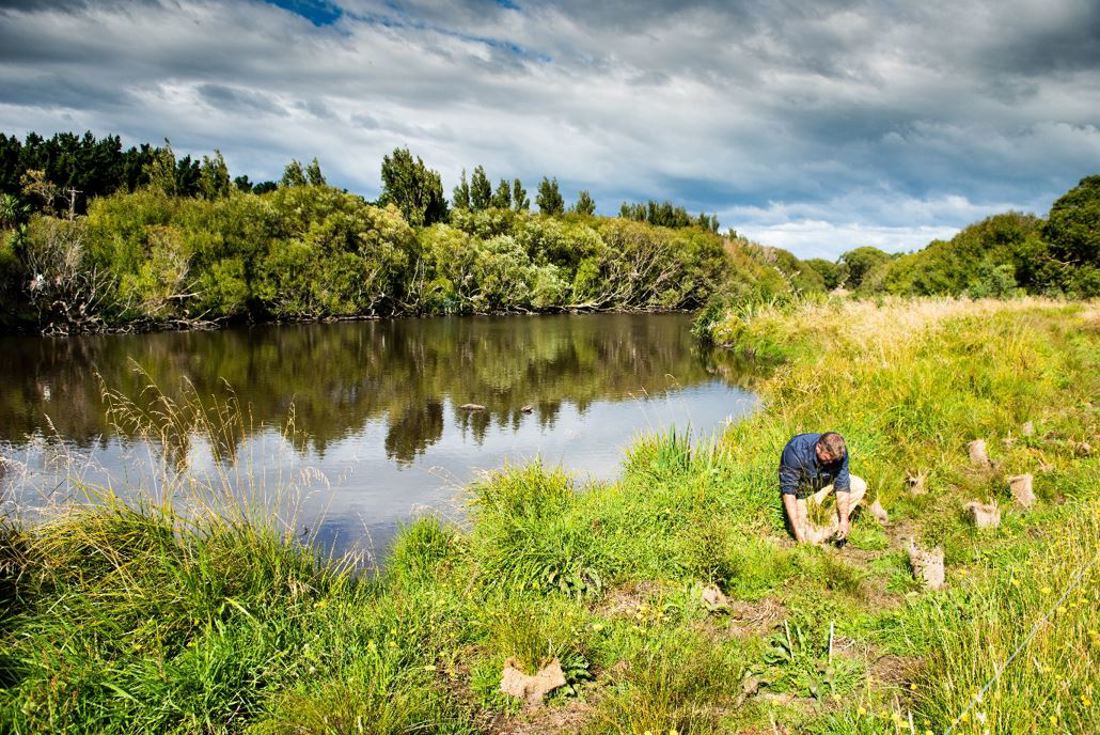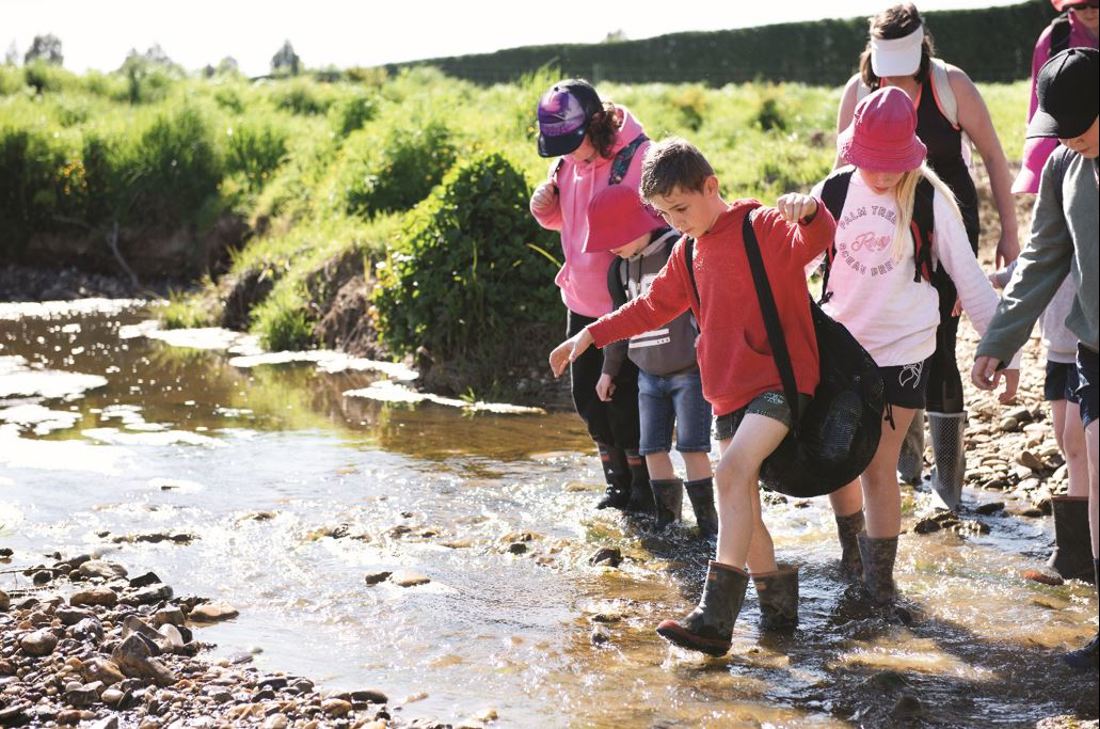Waterbodies and wetlands overview
2 min read
Waterbodies and wetlands are critical parts of a farm's ecosystem. Protecting and enhancing them is an important aspect of farming.
Your farm’s waterbodies and wetlands are interconnected. Adopting an 'ecosystem health' perspective is crucial for achieving positive outcomes for them.
A number of elements on farms contribute to waterbody and wetland health. The aspects explored in these pages include crossings, drains, fencing, fish passage, wetlands, riparian planting, and water quality limits.
Actions such as riparian planting and setbacks can improve water quality. Riparian plants act as filters to trap contaminants such as chemicals, nutrients, sediment, and bacteria before they enter the waterway. This helps improve water quality and the suitability and habitat for creatures living in the ecosystem.
Water bodies and wetlands support a wide array of plant and animal species, including fish, birds, insects, amphibians, and aquatic plants. Maintaining healthy wetlands and water bodies helps preserve biodiversity.
Biodiversity contributes to the ecological balance of dairy farm ecosystems. Protecting biodiversity helps maintain stability and resilience against disturbances like pests, diseases, and climate change.
Preserving biodiversity enhances the aesthetic and recreational value of dairy farm landscapes. Wetlands and water bodies provide opportunities for outdoor recreation and cultural activities.

Some protection measures for waterbodies and wetlands are already regulatory requirements, such as stock exclusion and the N Cap. Meeting these requirements is a legal obligation; however, moving beyond current regulation by enhancing and protecting these areas improves environmental outcomes, future-proofs your farm against future regulatory changes, and enhances its overall value.
Adopting a catchment-based approach is essential for driving real change in water quality and environmental improvements. For more information, check out DairyNZ's catchment group support page.
Waterway and wetlands health extends beyond measuring containment loads. Using an ‘ecosystem health’ lens, which refers to the overall condition and resilience of an ecosystem, including its biodiversity, along with tools like eDNA, provides a more holistic understanding of the ecosystem's health.
These pages offer insights into various ways to protect and improve water bodies and wetlands.
Explore how DairyNZ and farmers are working towards better water quality and environmental outcomes with research projects and regional projects.

Now’s the perfect time to check in, plan, and set up for a strong season. We’ve pulled together smart tips and tools to help you stay ahead all winter long.
Whether you prefer to read, listen, or download handy guides, we’ve got you covered with trusted tools to support your journey every step of the way.